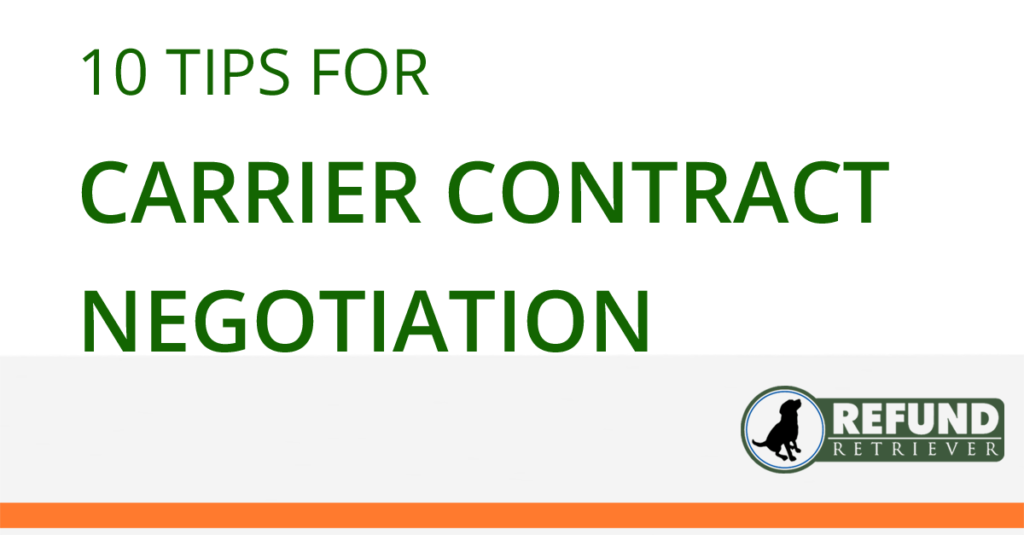With the constant innovation of faster shipping, we expect our packages to be delivered accurately and on time. We want to open the box and find the pretty little shipping invoice calculated accurately, and when it’s not, it’s easy to point the blame at the shipping carrier first.
However, incorrect invoice calculations can arise further back in the supply chain. If a company’s warehouse operations are running on old principles and systems, you’re more likely to receive a shipping invoice that doesn’t match the price you originally paid. If the warehouse is messy, the result will be messy.
You must implement a warehouse management system like SkuVault to reduce shipping invoice errors.
What is warehouse management software?
This is an excellent place to start if you’re unfamiliar or need a refresh. A warehouse management system is software that organizes and optimizes inventory coming in and going out of your warehouse and warehouse workflow operations.
A WMS handles the workflow from an item’s start at purchase order creation until it’s sent to the packing stage for shipping.
This workflow alone shows how crucial a proper WMS can be to reduce FedEx and UPS invoice errors. Several things can go wrong, from receiving to shipping. WMS will reduce possible shipping invoice errors. Let’s take a look at a few.
Quality Control
Quality control will be your lifesaver when it comes to correct orders. This step in the pick, pack, and ship process ensures the correct order is picked, packed in the right box, and shipped to the valid address.
Quality control also monitors the following:
- Checks against the original order for quantity and SKU accuracy.
- Checks for any damage or wear and tear.
- Make sure the item matches the description from the original marketplace listing.
- Review the correct shipping carrier to the valid address.
Quality control reduces human error and can save you a lot of money. If you can catch order discrepancies while it’s still in the warehouse, you’ll reduce the risk of a shipping invoice error once it’s at someone’s door.
Software Integrations
One of the most significant assets that sets a WMS apart from an IMS (Inventory Management System) is its ability to integrate with several shipping software. A WMS can integrate with accounting, shipping, and eCommerce store platform software, to name a few, to make your business customizable and functional.
Shipping software is a great integration when you’re running into shipping invoice errors. When you integrate shipping software with a WMS, your inventory data is syncs across systems.
Why is that important?
Because when your data is synced, you reduce the risk of miscalculating or misprinting an order’s information. Everything can be stored in one place so warehouse employees can see what should be charged on an invoice.
A parcel audit software like Refund Retriever is another excellent integration to use with a WMS.
The whole purpose of audit software is to refund you the money you deserve from shipping carriers. So if, for some reason, your package gets messed up after it leaves quality control, an audit software can recover the extra fees you may be charged from carriers.
How does forecasting help reduce shipping invoice errors?
Accurate and intelligent forecasting is crucial for any business that wants to stay in business. Forecasting is easy by using reports in a WMS. Reports can gather data on inventory trends throughout the year. Using data from the previous year can better predict how much inventory you need to meet demand the following year.
When you’ve forecasted the proper amount and type of inventory, you can rest easy knowing the item will be there when a purchase order comes through. So, the customer’s expectations will have a better chance of being met with proper forecasting.
Warehouse Management Software User Accountability
User accountability is precisely as it sounds – the users of the WMS will be held accountable for their actions within the system. Whatever activity they perform while using the system will be tracked for accuracy. Tracking is handy if you’re trying to account for differences later on.
For example, if a customer is charged for two of the same item but only bought one, the company’s management can review a user’s history on the WMS. Then, it easily traces which employee failed to perform quality control.
This is another example of how the shipping carrier is not always at fault. Sometimes, the problems lie within a WMS, but with features like user accountability, you can explain invoice errors later.
About SkuVault
SkuVault is a warehouse management software platform that empowers B2C and B2B companies to optimize their operations. Clients report a decrease out of stock by 10x, reduce labor costs by 30%, and reduce fulfillment time by 87%. SkuVault unlocks potential in retail inventory that often is never realized otherwise. To learn more about how SkuVault can help your business, click here.


